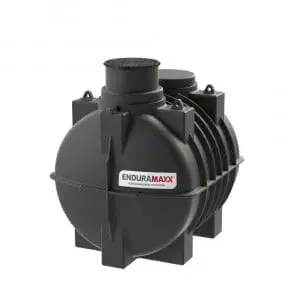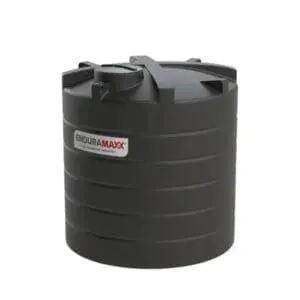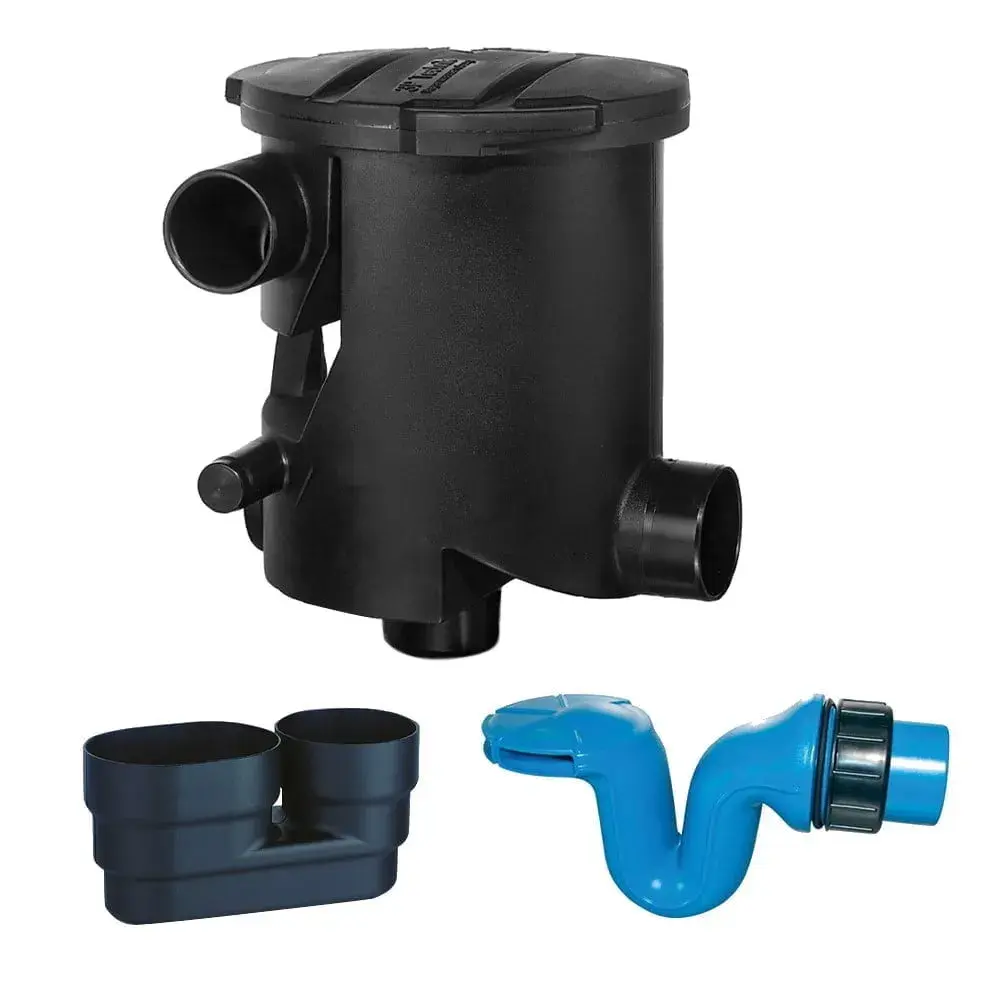
Above-ground effluent tanks play an important role in treating and recovering industrial wastewater and sludge. In this article, we will explain how the systems work and look at their applications and benefits.
Applications: How Are Effluent Tanks Used?
Effluent tanks are designed to store and manage wastewater, including greywater, sewage, and other liquid waste products generated from industrial, commercial, and temporary settings. They are particularly vital in environments without access to mains sewer infrastructure, serving as an interim solution for safe, compliant waste containment. Common applications include:
- Remote sites – Including mines, quarries, offshore platforms, agricultural operations, and rural construction zones, where on-site wastewater must be securely contained before treatment or removal.
- Construction projects – Used to capture and manage site run-off, greywater, and other process waste, helping to maintain regulatory compliance and prevent contamination of surrounding land or watercourses.
- Greenfield events – Essential at festivals and outdoor gatherings to contain wastewater from toilets, showers, catering facilities, and other sources in locations lacking permanent sanitation infrastructure.
- Emergency response – Deployed in the aftermath of natural disasters, flooding, or system failures to provide safe temporary storage of wastewater, mitigating the risk of environmental contamination and supporting public health.
Effluent tanks range in size from 2500 L to 20,000 L or more, enabling you to scale your wastewater/effluent capacity to meet your project-specific requirements. The mobility of even the largest tanks allows easy installation and relocation.
Effluent Tanks And Wastewater Recovery
Polyethylene effluent tanks are beneficial in a variety of wastewater management processes, including:
1. Temporary wastewater storage: above ground effluent tanks can be used to store wastewater temporarily without the risk of leaks and environmental harm. The tanks securely contain waste in storage and during transit to a treatment or disposal centre.
2. Particle screening and separation: above ground tanks facilitate the process of screening and separating larger solid particles from the waste liquid. This helps to ensure that any sediment, debris, and solid matter is filtered out, which prevents blockages in the wastewater treatment system and improves downstream sludge management. The solid materials, or ‘primary sludge’, can then be transferred to a separate sludge tank for further treatment.
3. Sludge processing: Sludge tanks are commonly used alongside above-ground effluent tanks as part of a comprehensive wastewater management system. They utilise microbial treatment or polymer dosing to effectively treat and break down primary sludge. A microbial treatment involves introducing agents or bacteria to the sludge that stabilised the mass and eliminate unpleasant odours. Decomposing sludge often produces strong and unpleasant smells, which can be a health hazard on large industrial and construction sites, and when wastewater is processed in proximity to residential areas.
In some cases, further chemical additives may be required for full odour control. Adding polymers to the primary sludge improves the separation of solids and liquids by binding solid particles together and making it easier for you to extract solids during the dewatering stage.
4. Dewatering and disposal: In the dewatering process – a crucial step in wastewater treatment – excess water is extracted from the processed sludge, which reduces the volume and weight of the residual waste and streamlines the process of transport and disposal. Dewatering also helps you to recover reusable water from effluent, improving the use of water within a circular system.
What Next?
To learn more about the benefits of above-ground effluent tanks for industrial sludge treatment and wastewater recovery, please contact us today by clicking here.
Image Source: Canva
Posts By Topics
- Blog (303)
- Chemical Storage Tanks (118)
- Chemical Dosing Tanks (114)
- Chemical Tanks (114)
- Water Tanks (58)
- Rainwater Harvesting Tanks (43)
- Vertical Rainwater Tanks (31)
- Vertical Storage Tanks (31)
- Cone Bottom Tanks (19)
- Conical Cone Tanks (18)
- Rainwater Harvesting (17)
- Water Bowsers (15)
- Horizontal Tanks (14)
- Potable Water Tanks (13)
- Farming (9)
- Case Studies (8)
- Industrial Storage Tanks (7)
- Liquid Fertilser Storage Tanks (6)
- WRAS Approved Potable Tanks (6)
- Wine and Beer Production (6)
- Horizontal Transport Tanks (5)
- Microbrewery (5)
- Rainwater (5)
- Category 5 Break Tanks (4)
- Cider Production (4)
- Mixer Tanks (4)
- Molasses Tanks (4)
- Polyethylene tanks (4)
- Rainwater Filter Kits (4)
- SPECIALIST & BESPOKE TANKS (4)
- Bunded Tanks (3)
- Slimline Tanks (3)
- WRAS Approved (3)
- Clarification Tanks (2)
- Crosslinked Polymer Tanks (XLPE) (2)
- Fertiliser Tanks (2)
- Sump Tanks (2)
- Tank Installation (2)
- Water Butt (2)
- underground water tanks (2)
- ACCESSORIES & FITTINGS (1)
- ATV & UTV SPRAYING UNITS (1)
- Above Ground Effluent Tanks (1)
- Bespoke Tank Frames (1)
- Category 5 Turret (1)
- Caustic Soda Tanks (1)
- Closed Top Bunded Tanks (1)
- Craft beer (1)
- Effluent Tanks (1)
- Enduramaxx (1)
- Ferric Chloride Tanks (1)
- Fire Safety Regulations (1)
- Fire Sprinkler Water Storage Tanks (1)
- Industrial Water Tank (1)
- Open Top Bunded Tanks (1)
- Open Top Cone Tanks (1)
- Open Top Vertical Tanks (1)
- Polyethylene Potable Water Tanks (1)
- Polyvinylidene Fluoride (PVDF) Tanks (1)
- Polyvinylidene Fluoride Tanks (PVDF) (1)
- Pressure Washers (1)
- Pro Series Spot Sprayers (1)
- RWH (1)
- Sodium Hydroxide Storage Tanks (1)
- Sprayer Fill-up Tanks (1)
- Uncategorised (1)
- liquid fertiliser tank (1)
Sign up to the newsletter
enduramaxx.marketing
Related Posts
Fire Sprinkler Tank Regulations Guide - Enduramaxx Ltd
In the world of construction and engineering, where reliability and compliance are paramount,...
Fire Sprinkler Water Storage Tanks & Fire Safety Regulations
Fire sprinkler water storage tanks must adhere to a variety of safety regulations, including the...
Related Products
From £1,080.00 inc. VAT
£900.00 exc. VAT
From £1,344.00 inc. VAT
£1,120.00 exc. VAT
From £768.00 inc. VAT
£640.00 exc. VAT
£480.00 inc. VAT
£400.00 exc. VAT






